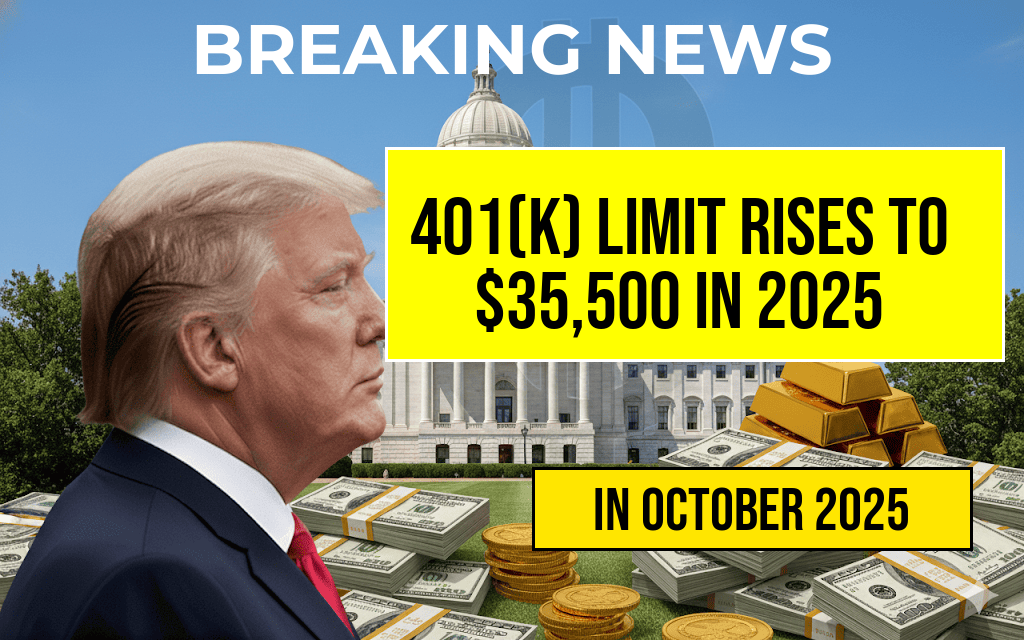Recent proposals to increase the minimum wage by as little as one dollar per hour have ignited a debate among small business owners and economic analysts regarding potential unintended consequences. While advocating for higher wages aims to improve worker livelihoods, critics warn that even modest increases could prompt small businesses to accelerate automation efforts, potentially leading to layoffs or reduced employment opportunities. This concern stems from the rising affordability of automation technologies—such as self-service kiosks, robotic process automation, and AI-driven customer service—that can replace human labor at relatively low costs. As the labor cost advantage diminishes slightly, business owners may opt for automation to maintain profitability, especially in low-margin sectors like retail, hospitality, and food service. This dynamic raises questions about the delicate balance between fair wages and employment stability in an evolving economic landscape.
The Economic Context of Wage Increases and Automation
Minimum wage adjustments are often viewed as a straightforward method to boost income for low-wage workers, reducing poverty and income inequality. However, the economic ripple effects can be complex. Small businesses, which constitute over 90% of U.S. firms and employ nearly half of the private workforce (source: Wikipedia), operate on tight margins and are particularly sensitive to changes in operational costs. A modest wage increase, such as one dollar per hour, might seem manageable—but for many, it could mean the difference between maintaining existing staffing levels or turning to automation as a cost-saving measure.
Automation has become more accessible and cost-effective over recent years. For small companies, investing in technologies like digital checkouts, automated inventory management, or AI-based customer engagement tools can reduce labor expenses and streamline operations. According to a report by Forbes, small businesses are increasingly adopting automation to stay competitive, especially in sectors facing labor shortages or rising wages.
Potential Risks of Even Small Wage Hikes
Employment Reductions through Automation
While a one-dollar increase may appear minor, its cumulative effect on small business costs can be significant. For businesses operating on razor-thin profit margins, even slight increases in wages can incentivize replacing human employees with machines. A study from the Bureau of Labor Statistics indicates that automation adoption rates are higher among small firms in industries like retail and food services, where labor costs constitute a substantial portion of expenses.
| Task | Average Annual Cost per Employee | Automation Investment Cost | Break-even Point (Years) |
|---|---|---|---|
| Cashier at a Retail Store | $25,000 | $50,000 | 2 |
| Food Service Worker | $20,000 | $40,000 | 2 |
In these scenarios, a small wage increase could tip the scales in favor of automation sooner than anticipated, especially if the business expects to operate for several years. The decision to automate is also influenced by factors such as labor availability, turnover rates, and customer experience expectations.
Impact on Employment and Local Economies
Potential layoffs or reduced hiring could have broader economic implications. Small businesses serve as critical employment hubs in local communities, often providing entry-level jobs for youth and low-skilled workers. A shift toward automation may disproportionately affect these vulnerable groups, exacerbating economic disparities and contributing to labor market polarization. Experts warn that widespread automation driven by incremental cost increases could hinder wage growth in the long term, as employment opportunities shrink.
Balancing Wage Policies and Technological Adoption
Policy responses and business strategies need to account for these technological risks. Some economists advocate for gradual wage increases coupled with support programs for small businesses, such as tax incentives or grants aimed at workforce training and technology integration. These measures can help mitigate the urge to replace human labor with machines prematurely.
Furthermore, labor advocates emphasize the importance of a comprehensive approach that considers both fair wages and employment preservation. They argue that modest wage hikes, if implemented thoughtfully, can improve worker well-being without triggering an automation-driven employment decline.
Industry Perspectives and Future Outlook
- Retail Sector: Retailers cite automation as a means to counteract labor shortages and rising wages, especially during peak seasons.
- Food Service: Fast-food chains experiment with ordering kiosks and robotic cooks, reducing reliance on human workers.
- Manufacturing: Small manufacturers explore automation to stay competitive amid rising labor costs and global supply chain disruptions.
As technological capabilities evolve, small businesses face a delicate trade-off: balancing the immediate benefits of wage increases against the long-term risks of automation-driven employment reductions. Ongoing research and policy dialogue will shape how these competing priorities are managed in the coming years.
Frequently Asked Questions
What are the potential impacts of a one-dollar wage increase on small businesses?
A one-dollar wage increase can significantly impact small businesses by increasing their labor costs. This may lead to financial strain, potentially forcing them to consider cost-cutting measures such as laying off employees or investing in automation technologies.
How does wage increase influence the risk of automation in small businesses?
Higher wages can make automation more attractive for small businesses as a way to reduce costs. This shift may accelerate the adoption of automated solutions, potentially leading to job losses among employees.
Are small businesses more vulnerable to layoffs due to slight wage increases?
Yes, small businesses are generally more vulnerable because they often operate with narrow profit margins. A modest wage increase like one dollar can tip their finances, making layoffs or automation investments more likely.
What strategies can small businesses adopt to manage the risks associated with wage increases?
Small businesses can consider cost management, investing in efficiency improvements, and training employees to diversify their skill set. Additionally, exploring automation options carefully can help balance costs and employment.
Could a small wage increase have broader economic effects on employment trends?
Potentially, yes. Even a modest wage increase in small businesses can contribute to employment shifts by encouraging automation and cost-cutting measures. This could impact overall employment levels and job stability in certain sectors.






